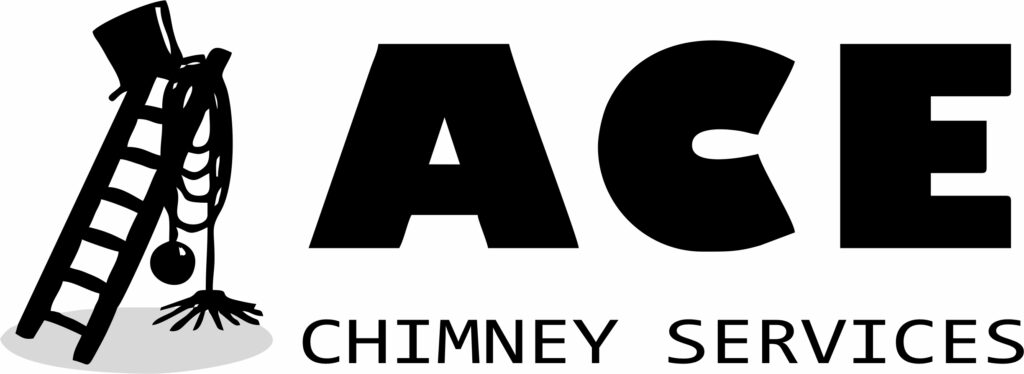Gas chimneys are an essential part of any home with a gas fireplace or furnace. They help to safely remove combustion gases from the home, preventing carbon monoxide poisoning and other hazards. However, gas chimneys can also be prone to problems, such as leaks, cracks, and blockages. If you are experiencing any problems with your gas chimney, it is important to have it repaired as soon as possible.
1. Call a professional
If you are not comfortable repairing your gas chimney yourself, it is always best to call a professional. A qualified chimney sweep will be able to identify and fix any problems with your chimney quickly and safely.
2. Check for leaks
One of the most common problems with gas chimneys is leaks. Leaks can occur in the flue liner, the chimney cap, or the flashing. To check for leaks, you can use a soapy water solution. Apply the solution to the areas around the chimney and look for bubbles. If you see bubbles, there is a leak.
3. Check for cracks
Cracks in the flue liner can also be a problem. Cracks can allow combustion gases to escape into the home, which can be dangerous. To check for cracks, you can use a flashlight to inspect the inside of the chimney.
4. Check for blockages
Blockages in the flue liner can prevent combustion gases from escaping properly. This can lead to carbon monoxide poisoning and other problems. To check for blockages, you can use a chimney brush to clean the flue liner.
5. Check for corrosion
Corrosion can damage the flue liner and other parts of the chimney. To check for corrosion, you can use a flashlight to inspect the inside of the chimney.
6. Check for missing or damaged flashing
Flashing is the metal sheet that seals the joint between the chimney and the roof. Missing or damaged flashing can allow water to leak into the home. To check for missing or damaged flashing, you can inspect the roof around the chimney.
7. Check for loose or damaged mortar
Mortar is the material that holds the chimney bricks together. Loose or damaged mortar can allow water to leak into the chimney. To check for loose or damaged mortar, you can tap on the chimney bricks. If the mortar sounds hollow, it is loose or damaged.
8. Check for cracks or damage to the chimney crown
The chimney crown is the top of the chimney. It helps to protect the chimney from the elements. Cracks or damage to the chimney crown can allow water to leak into the chimney. To check for cracks or damage to the chimney crown, you can inspect the top of the chimney.
9. Check for cracks or damage to the chimney cap
The chimney cap is the metal cover that protects the top of the chimney. Cracks or damage to the chimney cap can allow water to leak into the chimney. To check for cracks or damage to the chimney cap, you can inspect the top of the chimney.
10. Have your chimney cleaned regularly
Having your chimney cleaned regularly will help to prevent problems. A qualified chimney sweep will be able to clean your chimney and remove any debris that could build up and cause a blockage.
Gas Chimneys in Seattle
If you are looking for a qualified chimney sweep in Seattle, there are a number of companies to choose from. You can find a list of chimney sweeps in Seattle by searching online or contacting the Seattle Fire Department.
By following these tips, you can help to ensure that your gas chimney is safe and in good working order.

